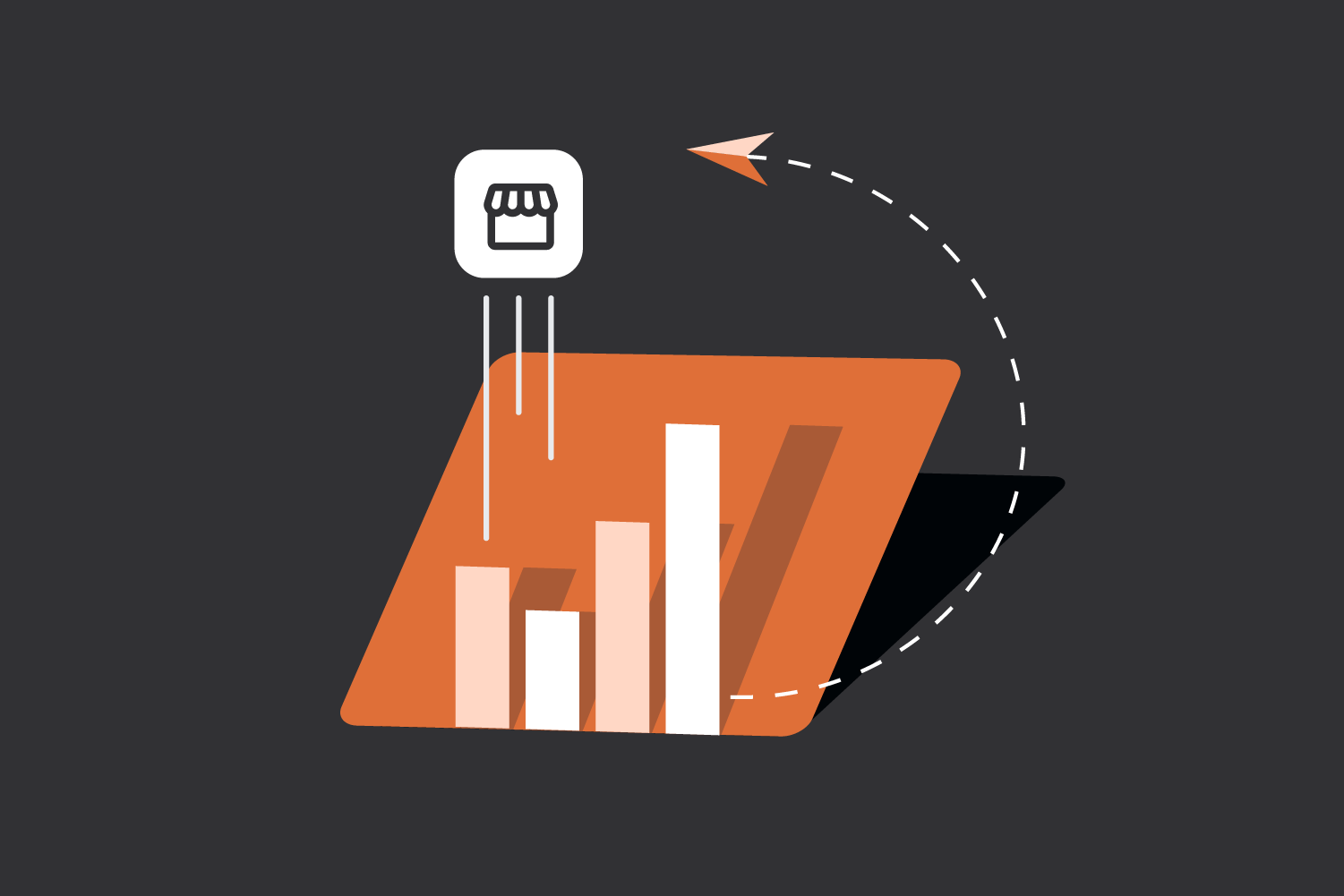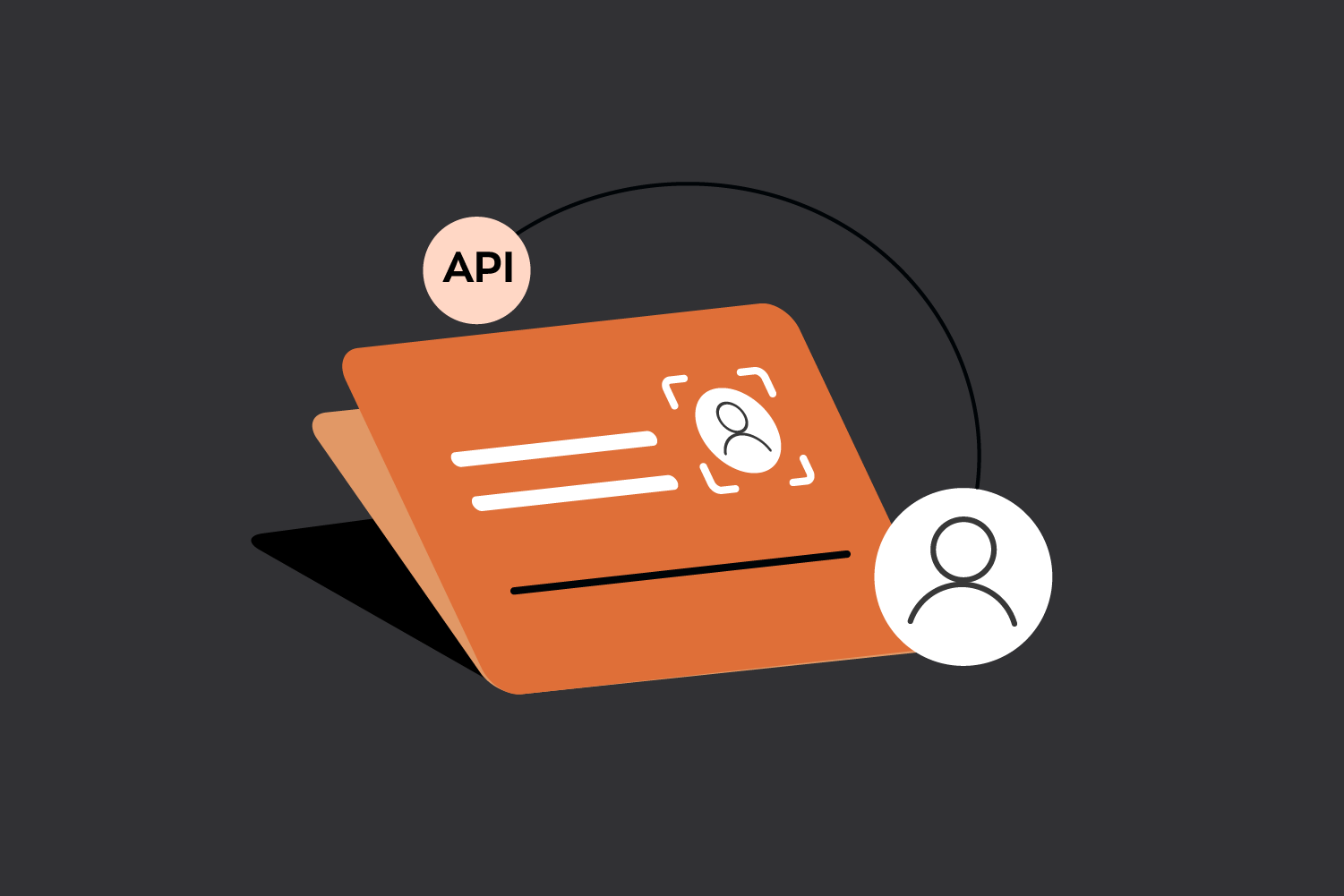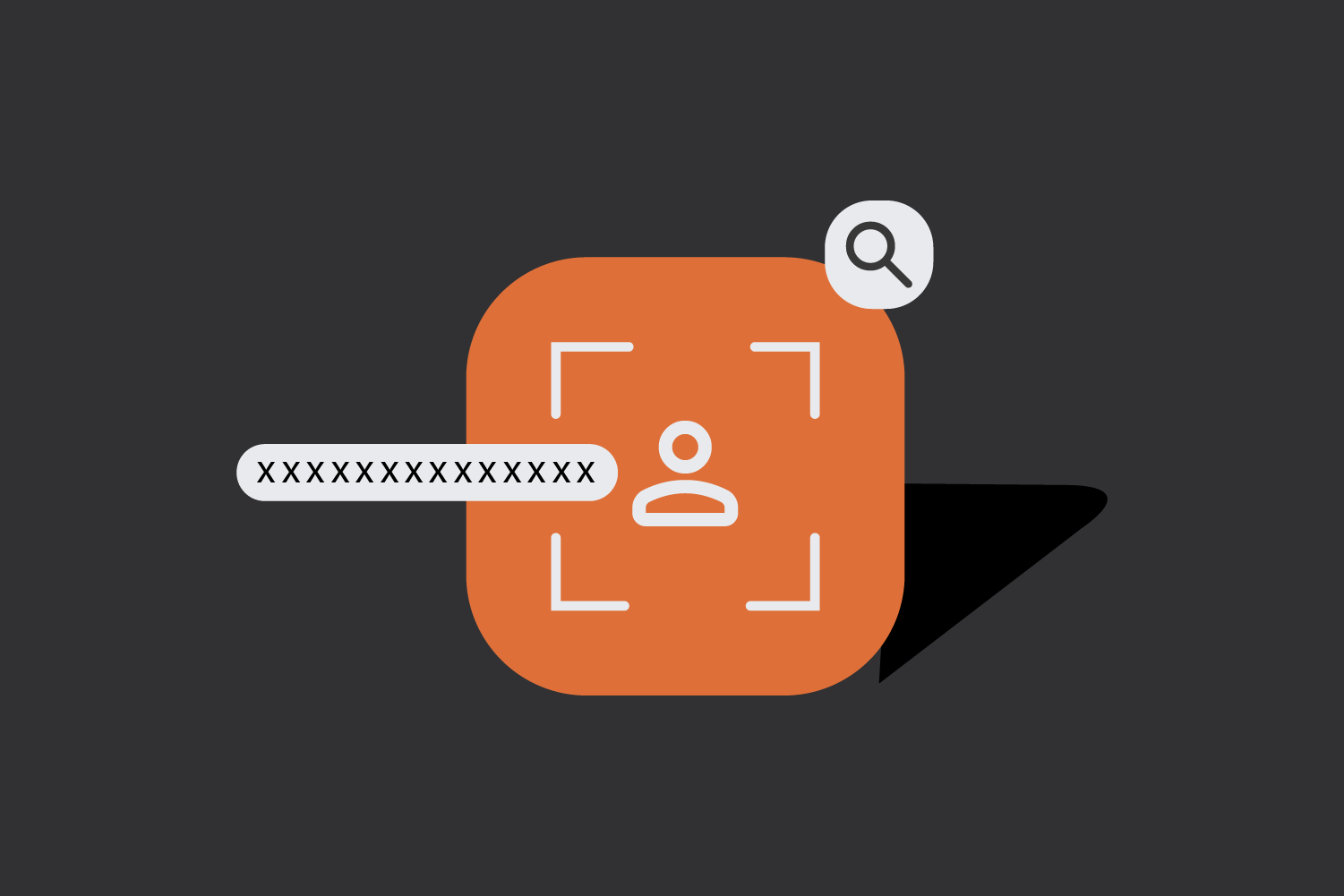The Payer Virtual Address (PVA), also known as a Virtual Payment Address (VPA), has revolutionized how we handle financial transactions. This unique identifier serves as your digital financial identity, connecting to your bank account while keeping sensitive details secure. As online payments continue to grow, a payer virtual address has become an essential component for safe, efficient, and user-friendly digital transactions.
What is a Payer Virtual Address?
A Payer Virtual Address is a unique identifier that acts as a proxy for your actual bank account details. In its simplest form, it looks like an email address (e.g., `username@bankname` or `username@okaxis` for GPay UPI), making it easy to remember and share.
Banking transactions are simplified when a single, easy-to-use character string—known as a Payer virtual address—replaces long account numbers, IFSC codes, and account holder names. This improves the transaction process compared to the complex account details traditionally required.
To illustrate the difference:
Traditional method: Requires sharing your 10-16 digit account number, 11-character IFSC code, and full name.
Payer virtual address method: Requires sharing just one identifier, like `johndoe@okbank`.
It works as a bridge between your public identity and private banking information, ensuring that sensitive details remain protected while enabling smooth transactions.
How Does a Payer Virtual Address Work?
The way a Payer virtual address works is simple yet effective. When you initiate a transaction using a PVA, here’s what happens behind the scenes:
1. You enter the recipient’s PVA in your payment application
2. The Unified Payments Interface (UPI) system recognizes the PVA and maps it to the recipient’s actual bank account
3. The payment is processed through secure banking channels
4. The sender’s bank account is debited, and the funds are directly transferred to the recipient’s linked bank account.
The UPI platform manages transactions using the PVA. It acts as an intermediary between banks, keeping actual account information private during transfers. When you send money to someone’s virtual address, you’re directing the UPI system to move funds between accounts. This happens without either person seeing the other’s bank details.
Importance & Benefits
1. Security: Payer virtual addresses enhance security by masking actual account details through the use of virtual addresses, protecting sensitive banking information by acting as an intermediary, and reducing exposure to potential breaches.
2. Convenience: Payers’ virtual address eliminate the need to share complex account numbers and IFSC codes, replacing them with easy-to-remember virtual addresses that save time and reduce errors.
3. Speed: Transactions using PVAs are almost immediate, working 24/7 regardless of weekends or holidays—unlike traditional transfers that can take days.
4. Fraud Prevention: PVAs use two-factor authentication and transaction monitoring to prevent fraud. UPI apps allow users to block suspicious accounts, report fraud, and manage payment mandates for better control over recurring transactions.
How to Get & Use a Payer Virtual Address
Creating and using a PVA is surprisingly straightforward:
- Download a UPI-enabled payment app Register with your mobile number and follow the verification steps.
- Link your bank account by selecting your bank and confirming your ownership.
- Choose or create your Payer virtual address – After linking your account, you’ll get the option to either select a pre-generated UPI ID/PVA or create a custom one in formats like ‘username@bankname’ or ‘phonenumber@upi.’
- Set up a secure UPI PIN (four or six digits) to authorize transactions.
Once your Payer virtual address is created and your UPI PIN is set, you can instantly start sending and receiving money with just a few taps.
Once set up, using your PVA for payments involves just a few steps:
1. Select “Send Money” or similar option in your payment app
2. Enter the recipient’s PVA
3. Enter the amount
4. Confirm with your UPI PIN
5. Receive instant confirmation of the transaction
Most banks allow multiple PVAs linked to the same account, though limitations may vary by bank and UPI app. This gives users the flexibility to create different identifiers for different purposes, such as personal and business transactions.
Conclusion
Payer Virtual Address represents a significant advancement in digital payments through its combination of security and convenience. This innovation safeguards banking information while facilitating efficient transactions. Individuals who have not yet adopted PVA-based payments should consider implementing this technology. The configuration process requires minimal time investment, while the enhanced security, efficiency, and usability benefits deliver ongoing value as digital payment systems evolve.
Interested in our APIs? Let’s talk!
Tell us your automation goals, and we’ll set you up with a free, personalized demo from our API expert.
Click HereFAQs
1. Is a Payer Virtual Address the same as my bank account number?
No, your PVA is a proxy for your account number. It links to your bank account but doesn’t reveal any actual account details to the people you transact with.
2. Is Payer Virtual Address (PVA) the same as Virtual Payment Address (VPA)?
Yes, Payer Virtual Address (PVA) and Virtual Payment Address (VPA) refer to the same thing in the UPI system. They are simply different terms used for the unique identifier that links to your bank account for UPI transactions. You might see either term used in different apps or documentation, but they serve the same purpose.
3. Can I have multiple PVAs linked to the same bank account?
Yes, most UPI-enabled apps allow you to create multiple Payer virtual addresses linked to the same bank account. This is useful for separating personal and business transactions.
4. What happens if I enter the wrong PVA when sending money?
If you enter a non-existent PVA, the transaction will fail. If you enter a valid but incorrect PVA, the money will be sent to that account. Always verify the PVA before confirming transactions.
5. Can I use my PVA for international transactions?
Currently, PVA/UPI is primarily designed for domestic transactions. For international transfers, traditional methods like SWIFT or international remittance services are still commonly used.
6. What should I do if I forget my PVA?
You can always check your PVA in your UPI app settings. Alternatively, you can create a new PVA if needed, as most apps allow multiple virtual addresses.



0 Comments